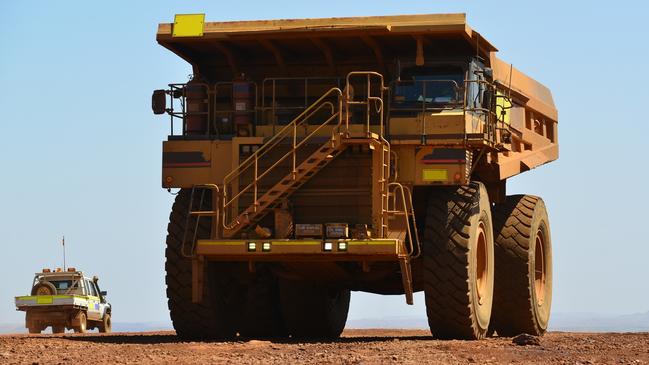GDP shows economic growth slowest since GFC
GDP figures show Australia’s economic growth is now at its most sluggish since the GFC.

Economic growth sank to 0.5 per cent during the final three months of the 2019 financial year, leaving annual growth at 1.4 per cent – the slowest rate since 2009, in the wake of the GFC.
The rate of growth was dragged down by weak consumer spending and a sharp contraction in housing construction to a pace well below that needed to put a dent in unemployment.
Strong contributions from government spending and exports kept growth from slumping further, the Australian Bureau of Statistics said.
The gross domestic product data follows a spate of disappointing economic figures in recent months, including a slump in home approvals, falling business investment, and weak retail sales, which went backwards in July.
The Australian dollar rose to a one-week high of US67.82c following the publication of the GDP figures.
The drop off in growth will prompt major downgrades in the outlook previously offered by the Reserve Bank and the federal government which had expected growth of 1.8 per and 2.25 per cent, respectively.
The new figures follow the Reserve Bank Board’s decision to keep the cash rate on hold at 1 per cent on Tuesday, ahead of what the market expects to be a reduction to 0.75 per cent next month.
The 1.4 per cent annual GDP growth rate is the same as that recorded for the September quarter of 2009. The only time annual GDP growth has been lower this century was when 1.1 per cent was recorded for the December quarter of 2000.
The federal government has noted that the slowdown in the Australian economy has come amid an increasingly uncertain global economic outlook, with the Sino-US trade war and sluggish or negative growth in Europe clouding the outlook.
“The message out of today’s national accounts is the Australian economy continues to grow, the Australian economy has shown remarkable resilience,” Treasurer Josh Frydenberg said. “And these numbers are a repudiation of all those who have sought to talk down the Australian economy.
Asked earlier on Wednesday if Australia was in danger of entering a recession, Prime Minister Scott Morrison said “I can’t see us going into that territory”.
“Let’s remember: Germany just had a negative quarter of growth, the UK just had a negative quarter of growth. Australia hasn’t,” he said during a Melbourne radio interview.
“Today’s growth figures will show over the year a softness ... what we will see is that in a tough climate we are actually battling away quite well.”
Economists have predicted growth in the Australian economy will pick up in the current first quarter, with the government’s $302bn tax cut package, and back to back cuts in the official interest rate, having greater effect.
The Australian dollar bounced back overnight above US67.5c after falling on Tuesday, following news the nation had posted the first current account surplus in 44 years.
The current account surplus, $5.9 billion in the June quarter, underpinned by soaring iron ore and coal prices, contributed 0.6 percentage points to growth.
With Dow Jones Newswires





To join the conversation, please log in. Don't have an account? Register
Join the conversation, you are commenting as Logout